Washing machine engine speed?
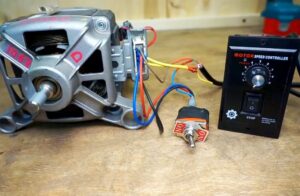 When choosing a new automatic machine, people usually pay attention to its capacity, type of laundry load, dimensions, number of special washing programs, and noise level. Few people think about more “narrow” technical characteristics, for example, engine power. Let's figure out what motors modern washing equipment is equipped with.
When choosing a new automatic machine, people usually pay attention to its capacity, type of laundry load, dimensions, number of special washing programs, and noise level. Few people think about more “narrow” technical characteristics, for example, engine power. Let's figure out what motors modern washing equipment is equipped with.
Types of engines and their speed
How many revolutions are in the washing machine engine must be clarified at the time of purchase. The efficiency of washing and spinning depends on this. If the maximum motor can “accelerate” the drum to 1400-1800 rpm, things will be almost dry.
The engine of an automatic machine converts electrical energy into mechanical energy, thereby spinning the drum. There are 3 types: asynchronous, commutator and inverter electric motors. The design and operating principle of each engine is different.
- An asynchronous motor can be two- or three-phase. If we talk about the power of motors of this type, it varies from 180 to 360 Watts. The speed of these electric motors does not exceed 2800 during spinning and 300 during the main wash. Accordingly, the drum spins even slower.
- Commutator motors can operate by accepting not only direct current, but also alternating current. Their distinctive feature is their compact size. The engine speed is controlled electronically. The main disadvantage of collectors is the brushes, which have to be changed every few years. The power of electric motors of this type reaches 800 W, and the motor armature is capable of rotating at a frequency of up to 17 thousand revolutions per minute.
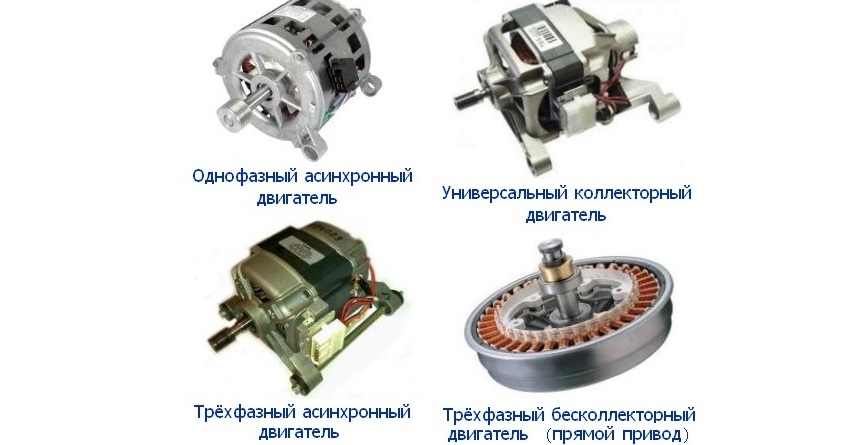
- Inverter engines.For the first time, SMAs equipped with ultra-technological motors were released in 2005, based on the innovative development of engineers from the South Korean brand LG. The fundamental difference is that a drive belt is not needed to connect the drum and the engine together. The inverter is small in size and has a relatively simple design. The power of such electric motors is not inferior to collectors; moreover, they are capable of accelerating the “centrifuge” to 1600-2000 rpm.
Washing machines equipped with inverter motors are considered the most reliable and economical.
Inverter engines consume significantly less electricity and do not require periodic maintenance (replacing brushes or drive belts). The disadvantages include the higher cost of direct-drive washing machines.
Engine power and energy consumption
People are often concerned about how many kilowatts the machine will “eat” on average per wash cycle. Many people want the machine to be as economical as possible. In general, the energy consumption of washing equipment depends on many factors:
- motor power - and the amount of electricity consumed by the engine will change, depending on the running washing program;
- technical characteristics of the heating element. The amount of “consumed” kilowatts is also affected by the power of the tubular heater (it varies from 1700 to 2900 W) and the set washing temperature;
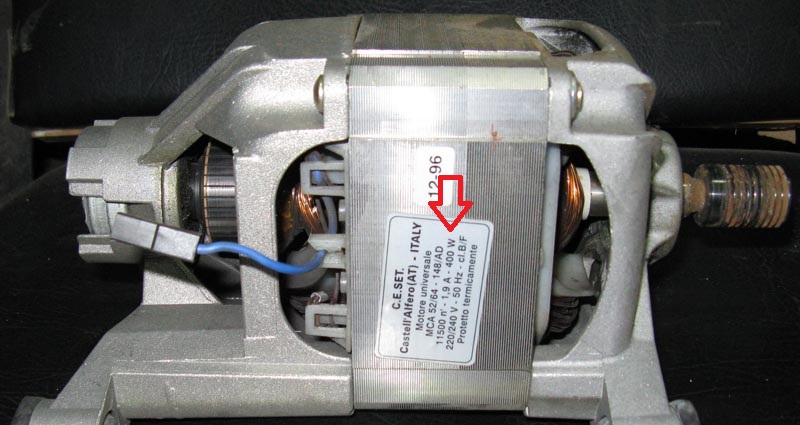
- drain pump power, this figure can range from 24 to 40 W;
- total power of indicators, sensors, electronic module and other elements. In general, the figure reaches 5-10 watts.
The energy consumption of a washing machine depends on the power of its motor, pump, heating element and system sensors.
So what indicator should the buyer focus on? On what basis is a washing machine assigned an energy efficiency class? The manufacturer indicates in the technical specifications the energy consumption of the automatic machine when the “Cotton” program is activated. This mode assumes full drum loading and “medium” water heating – up to 60 °C
The power of the motor determines how well the washing machine can spin. The maximum possible number of revolutions to which the electric motor is capable of spinning the drum is always reflected in the instructions for the equipment. For some models this figure does not exceed 800-100 rpm, for others it can reach 1600-2000 rpm.
Motor models and their power
If you want to understand in as much detail as possible the technical characteristics of the washing machine you are purchasing, you can clarify which engine it is equipped with. There are enough variations of motors; different manufacturers choose, in their opinion, the optimal engines for their equipment. Let's talk about some models.
- Engine CESET MCA52/64-148/AD You can find this motor on automatic Indesit and Hotpoint-Ariston machines. The engine power is 430 watts, which corresponds to 11.5 thousand revolutions.
- CESET MCA38/64-148/CY15 electric motors are equipped with washing equipment from the Candy, Zerovat and Hoover brands. Characterized by a power of 360 watts, they are capable of accelerating to 13,000 rpm.

- The engine of the CESET CIM2/55-132/WHE1 series is installed on automatic machines manufactured by Whirlpool and Bauknecht. The motor power reaches 800 watts, the speed of revolutions is up to 17 thousand.
- The WELLING HXGP2I.05 WASHING engine is also equipped with Indesit equipment. In addition, such motors can be found on some Vestel models.The maximum power of the engines does not exceed 300 Watts.
- HXGP2I Welling Electronic Control. This electric motor can be found on Samsung and Ardo automatic machines. Their power rating is 300 watts.
Some modern engines can be adjusted by adjusting the speed. For this, a tachogenerator is connected. The sensor will monitor the number of turns and transmit all information to the main control module.
Today, the vast majority of washing machines are equipped with either commutator or inverter motors. Asynchronous two-phase engines are a thing of the past; now they can only be found on older semi-automatic machines from the Malyutka, Feya or Vyatka companies.
Interesting:
Reader comments
- Share your opinion - leave a comment
Categories
Washing machine repair


For buyers

For users

Dishwasher

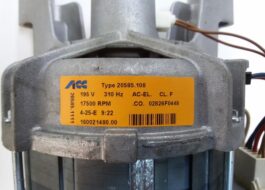

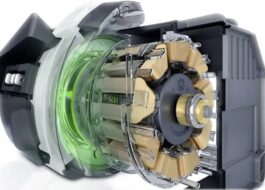
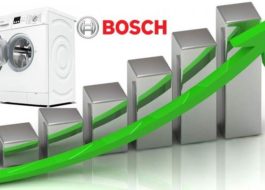
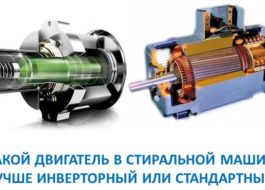
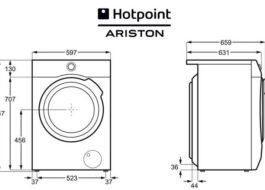










Add a comment